I’VE WANTED A MOTH TRAP for quite some time but the temptation to spend my hard-earned cash on camera gear has always seduced me away from this yearning. However, this month I finally took the plunge and brought myself a twin tube Skinner Moth trap!
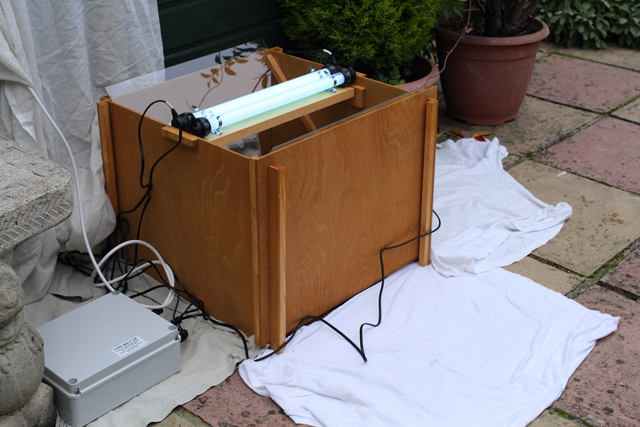
Twin 30w Actinic Skinner Trap by shed in my back garden
The twin 30w Actinic Skinner Trap came with a mains unit powering two 30w (60w) 18″ long actinic tubes. The moth trap is 45cm square and 35cm high and is constructed from exterior ply, complete with base and varnished for extra durability. Skinner kits tend to retail at about half the price of Robinson moth traps and this along with their portability made it a better choice for my needs.
The central wooden crossbar houses the bulb holder. Two large, angled pieces of clear Perspex have dual purposes, in both deflecting moths downwards into the holding part of the box and allowing easy visual inspection and hands-free access to egg boxes. I found this especially useful when going through the night trap round while recording moths.
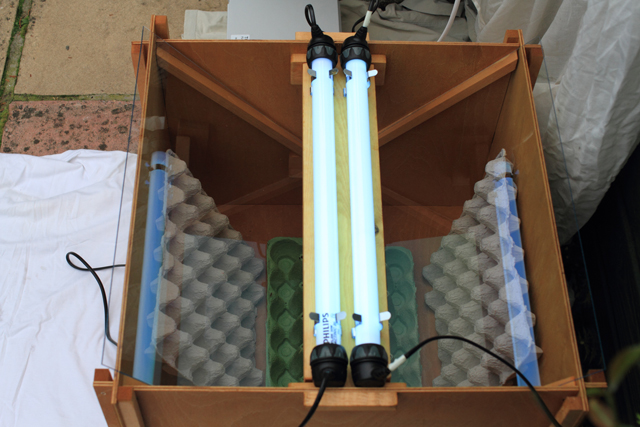
The egg boxes stand up, resting on the sides of the trap under the perspex
The kit comes with egg trays, but I obtained 2 extra egg boxes for the moths to sit on. The boxes stand up, resting on the sides of the trap under the Perspex. Egg boxes or egg trays are used inside the trap for several reasons. They are made of textured cardboard which appeal to moths as they resemble natural roosting places such as crevices in trees, deadwood etc. The individual compartments allow a moth its own space where it feels more secure than out in the open. Being attracted by the light, most moths attempt to roost as if it were daylight. The trays also give the trap a 3D perspective offering more places for moths to settle down and very importantly it makes counting and identifying the whole trap contents much easier.
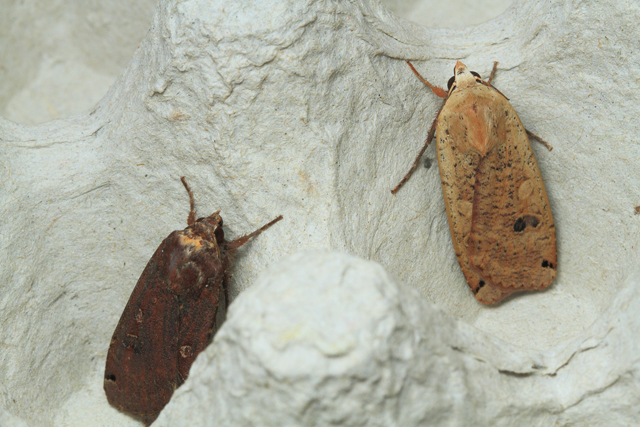
The individual compartments allow the moths their own space where they feel more secure than out in the open. Large Yellow Underwing – Noctua pronuba. The male is darker (left) and the female considerably lighter (right)
In the UK, moth traps are especially effective between May and October, and the height of the moth season is June and July. That said, moths are on the wing every night of the year, so I was intrigued to see what I would catch! After such a wet summer I wasn’t going to hold my breath for ideal moth conditions but was lucky in that the night was fairly windless, warm and humid. I set up the trap at around 7pm and left it on until 7am. Throughout the night I photographed some of the more accessible moths that attracted by the light, didn’t fall into the trap but rested on a sheet that I placed outside the trap.
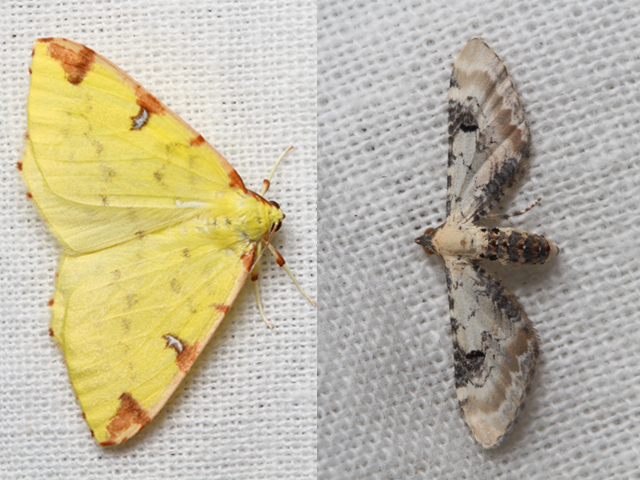
(left) Brimstone Moth – Opisthograptis luteolata
(right) Lime Speck Pug – Eupithecia centaureata
The trapped moths were photographed in the early morning and released in the evening. Moths tend to be fairly docile around dawn when it is relatively cool and not bright enough for them to feel exposed and try to hide. This made it easier to go through the trap and record its contents. Moths placed onto surrounding vegetation or on a tree trunk will often sit quietly, which gives the ideal opportunity to take a picture.
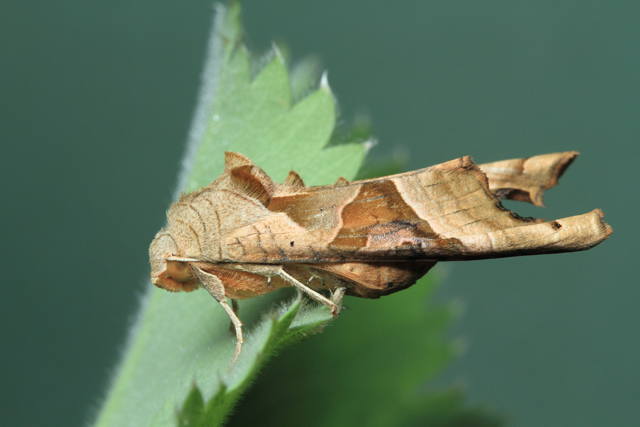
Angle Shades – Phlogophora meticulosa
I must admit to being a little disappointed to find that some moths had escaped. I could only deduce that as the moths became active to the rising temperatures at sunrise they were tenacious enough to fly out through the trap opening between the Perspex sheets. This is a design flaw that I guess the more expensive Robinson moth trap doesn’t have. Next time, I’ll just have to get up earlier, at dawn (5am) in order to throw a sheet over the trap and stop the moths from escaping. Nevertheless, I was very pleased with the quality of the Skinner Moth trap and delighted to have identified 17 different species of moths.
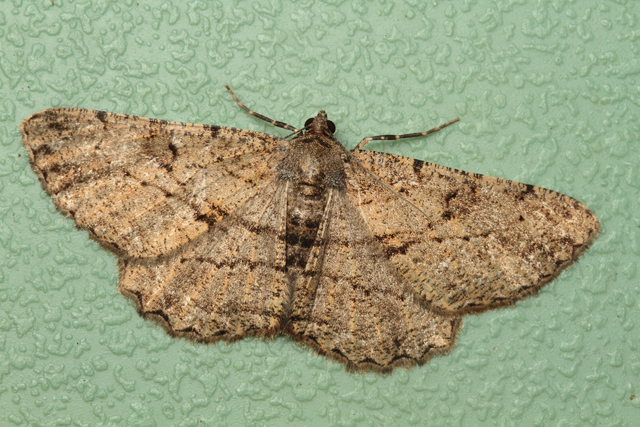
1. Willow Beauty – Peribatodes rhomboidaria
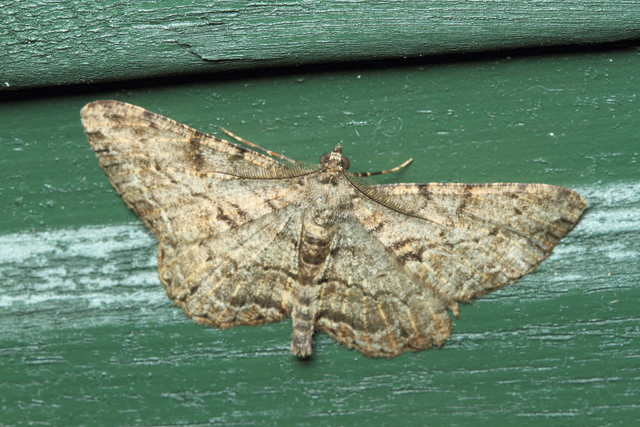
2. Willow Beauty – Peribatodes rhomboidaria
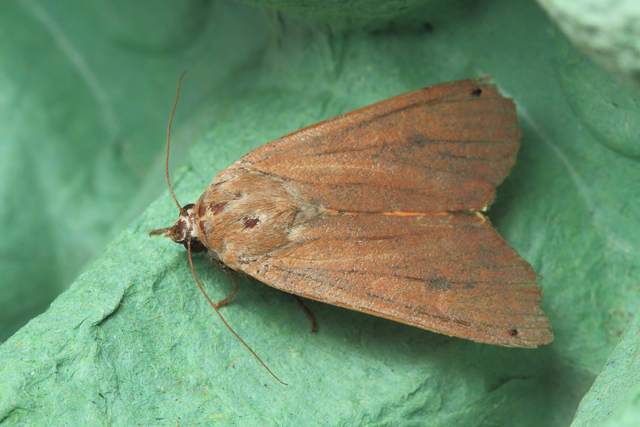
3. Large Yellow Underwing – Noctua pronuba
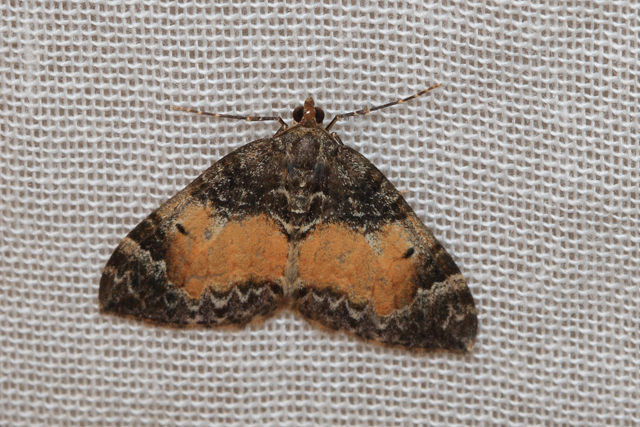
4. Common Marbled Carpet – Dysstroma trncata
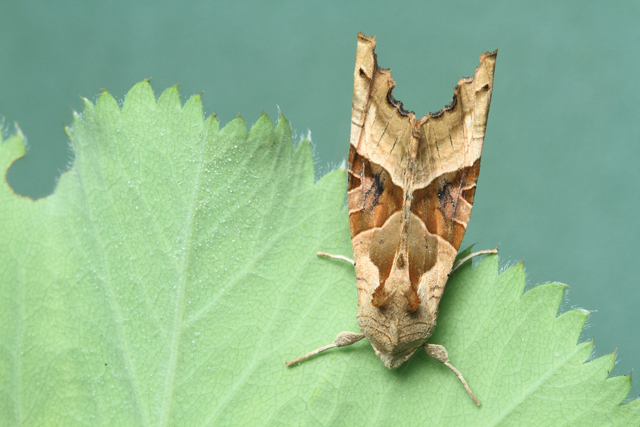
5. Angle Shades – Phlogophora meticulosa
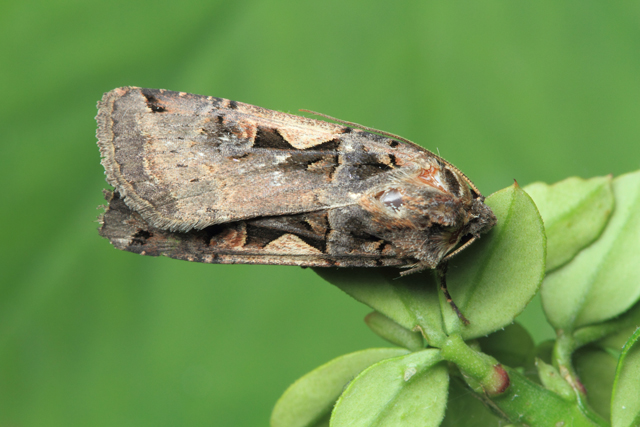
6. Setaceous Hebrew Character – Xestia c-nigrum
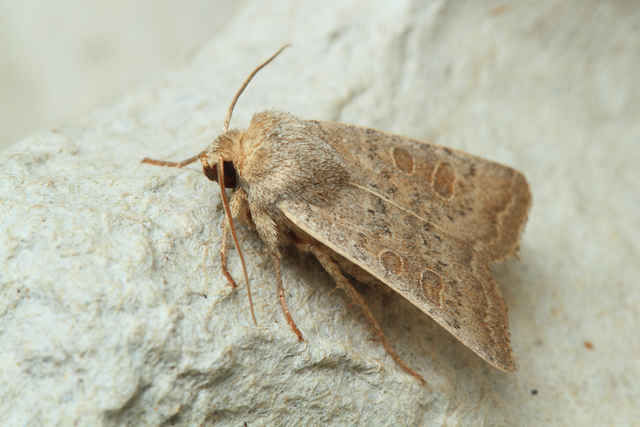
7. Vine’s Rustic – Hoplodrina ambigua
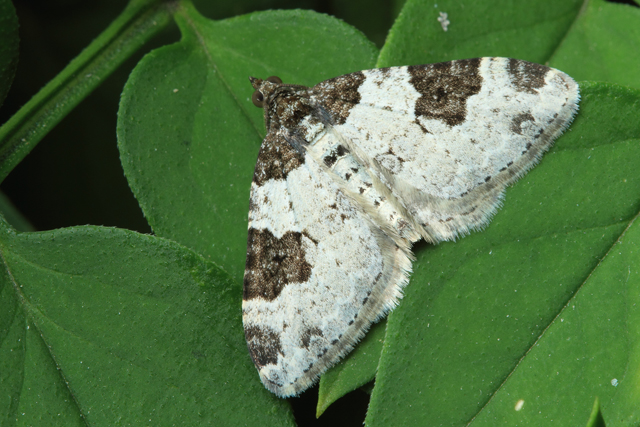
8. Garden Carpet – Xanthorhorhoe fluctuata
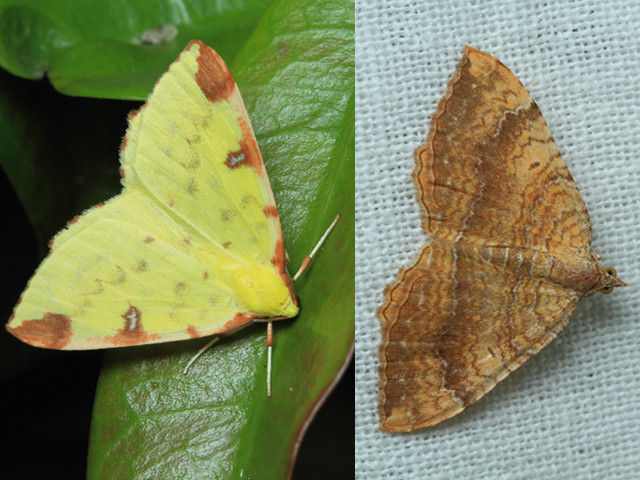
9 & 10. (left) Brimstone Moth – Opisthograptis luteolata
(right) Yellow Shell – Camptogramma bilineata bilineata
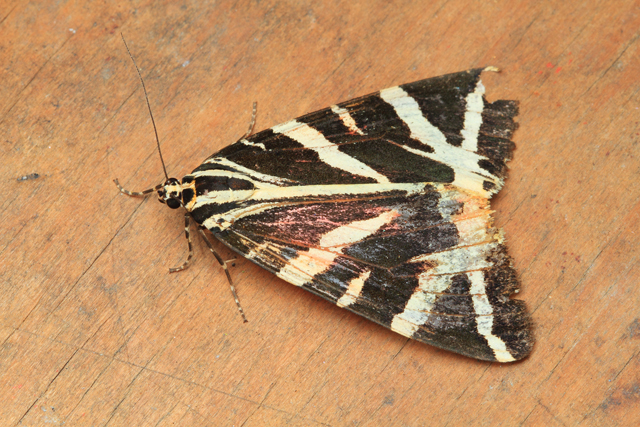
11. Jersey Tiger – Euplagia quadripunctaria
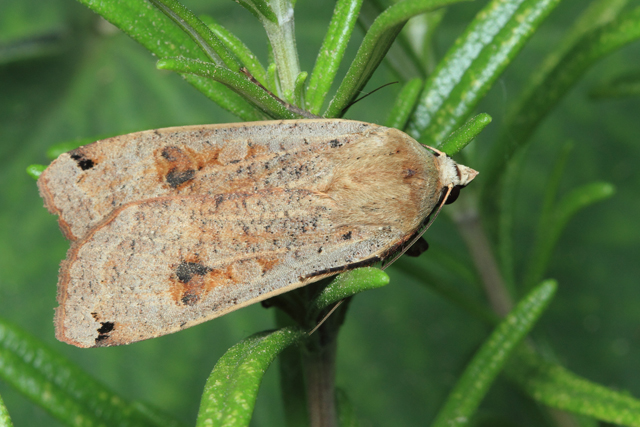
12. Large Yellow Underwing – Noctua pronuba
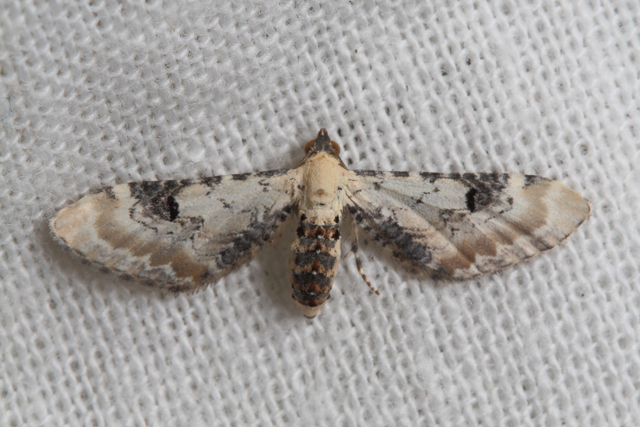
13. Lime Speck Pug – Eupithecia centaureata
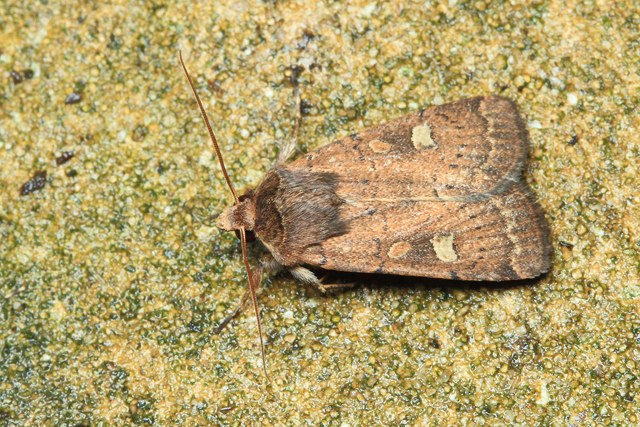
14. Square-spot Rustic – Xestia xanthographa
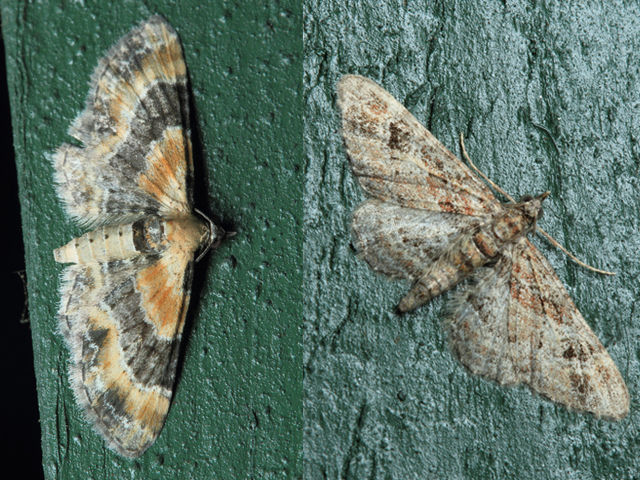
15 & 16 (left) Toadflax Pug – Eupithecia linariiata
(right) Double Striped Pug – Gymnoscelis rufifasciata
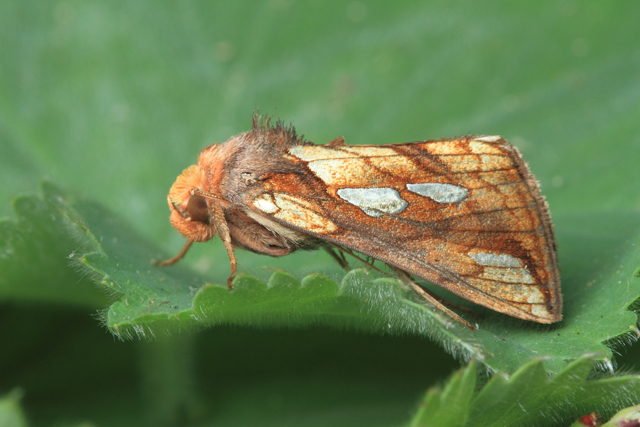
17. Gold Spot- Plusia festucae
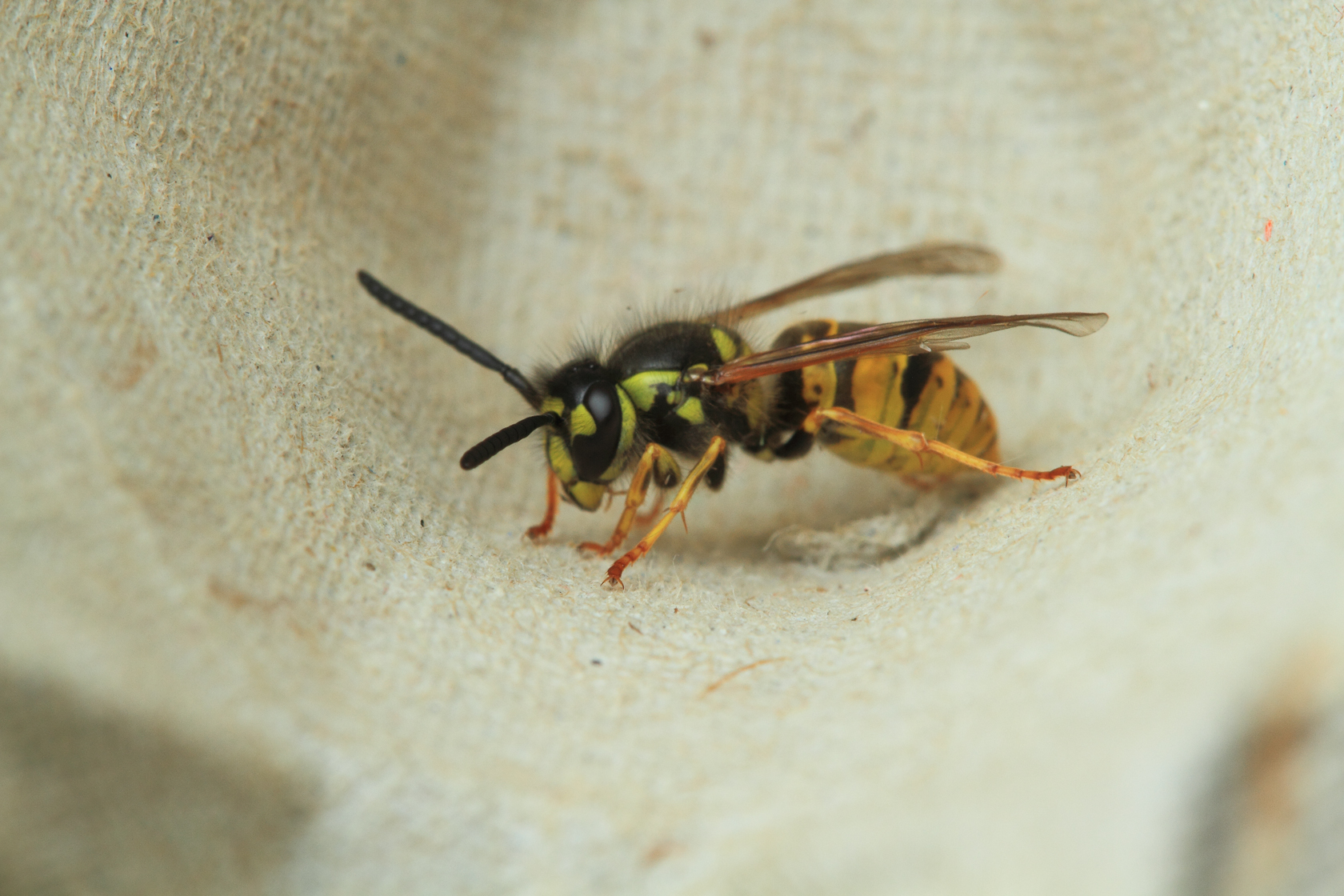
It wasn’t just moths that found their way into the trap!
A list of all the different species of moths captured on the night of 27 August 2017 in my back garden at Barry, Vale of Glamorgan, South Wales.
- Mottled Beauty – Alcis repandata – amended to Willow Beauty 18.2.19
- Willow Beauty – Peribatodes rhomboidaria
- Large Yellow Underwing – Noctua pronuba
- Common Marbled Carpet – Dysstroma trncata
- Angle Shades – Phlogophora meticulosa
- Triple-spotted Clay – Xestia ditrapezium – amended to Setaceous Hebrew Character – Xestia c-nigrum 18.2.19
- Vine’s Rustic – Hoplodrina ambigua
- Garden Carpet – Xanthorhorhoe fluctuate
- Brimstone Moth – Opisthograptis luteolata
- Ochraceous Wave – Idaea serpentata – amended to Yellow Shell – Camptogramma bilineata bilineata 18.2.19
- Jersey Tiger – Euplagia quadripunctaria
- Dotted Clay – Xestia baja – amended to Large Yellow Underwing – Noctua pronuba 18.2.19
- Lime Speck Pug – Eupithecia centaureata
- Square-spot Rustic – Xestia xanthographa
- Toadflax Pug – Eupithecia linariiata
- Juniper Pug – Eupithecia pusilata – amended to Double-striped Pug – Gymnoscelis rufifascita 18.2.19
- Gold Spot- Plusia festucae
Finally, I feel obliged to mention some of the ethical considerations that should be taken into account when moth trapping:
- Don’t ever trap on consecutive nights as catching and recatching the same moths deprives them of a chance to feed and mate.
- Avoid stepping on moths that are resting on the ground. This danger can be minimised by placing large white sheets on the ground. The moths will then rest on the sheets and can easily be seen.
- Some bulbs are hot when they’re on (mercury vapour lamps). Consider adding a guard so that moths don’t get fried. Or use bulbs such as actinic tubes that don’t get hot! The flipside is that the light isn’t nearly as bright as a mercury vapour bulb and won’t therefore attract so many moths. Nevertheless, the actinic tubes are more appropriate if you live in a suburban settings where bright lights would annoy the neighbours.
- Release your moths into some nice dense vegetation where they don’t get gobbled up by the first bird that comes along. I prefer to release them in the evening so that they don’t have so long to wait for nightfall.

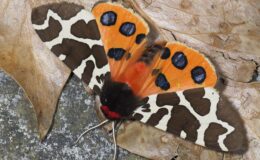
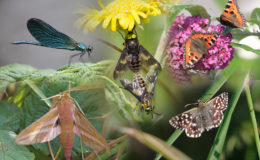
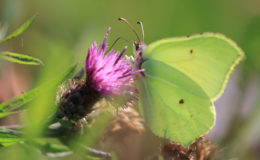
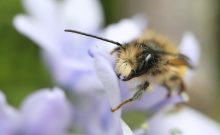
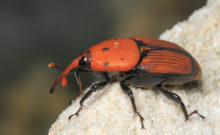
BEN SALE
February 11, 2019 8:57 pmHello there.
Just a quickie that a couple of your moth identifications are wrong.
1. Mottled Beauty, is a Willow Beauty.
6. Triple-spotted Clay, is a Setaceous Hebrew Character
10. Ochraceous Wave, is a Yellow Shell
12. Dotted Clay, is a Large Yellow Underwing
16. Juniper Pug, is a Double-striped Pug.
Hope that helps.
Ben
Alex
February 18, 2019 1:12 pmHi Ben,
Thank you for the moth IDs which I have recently corrected on my wildlifemacro.com website. With over 2500 moth species it’s easy to get some identifications wrong, even when referring to field guides! I’m therefore grateful for any help in this area.
Love your Herts Moth Blog which I’m sure I’ll be making considerable use of.
Thanks – Alex
Paul
February 13, 2019 8:14 pmHi Alex. Some of your moth ID’s are wrong, easily done if you are just starting. Both the Beauties are Willow beauty, the Triple spotted clay is a Setaceous Hebrew character, the Ochraceous wave is a Yellow shell and the Juniper pug is probably a worn Double striped pug. The rustics are hard to separate and I cannot see yours well enough to say. Hope this helps. Paul
Alex
February 18, 2019 1:13 pmHi Paul,
Thank you for the moth IDs which I have recently corrected on my wildlifemacro.com website. With over 2500 moth species it’s easy to get some identifications wrong, even when referring to field guides! I’m therefore grateful for any help in this area.
Thanks – Alex